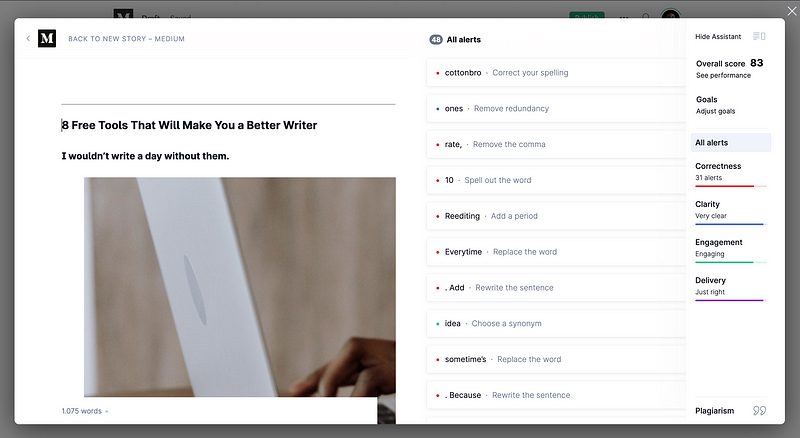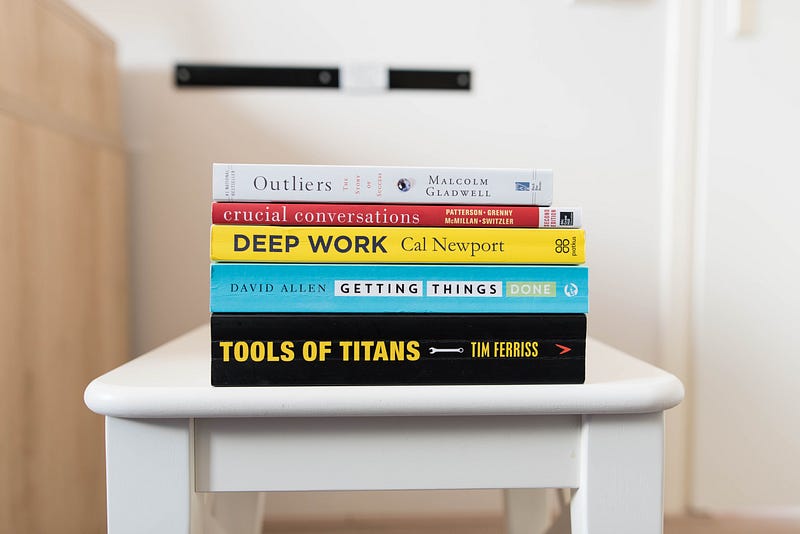Here’s how.

The other week I went for a walk with a friend. He was part of a national athlete team and among the top LoL gamers, studied statistics used to make a living from day trading, and now works as a mental coach.
While we wandered along the Danube and talked about my current research interest in learning and reading, he said something interesting:
“There is nothing more powerful, more instructive than learning from your past experience.”
A truth we often forget. We confuse activity with progress and seek new, better, innovative ideas and solutions. Meanwhile, we repeat the same mistakes and thought patterns.
If we’re not visibly active, we believe we’re not learning.
When we don’t pause to think and to contemplate, we keep circling in a limited sphere at a higher velocity. We can read 50 books to 10x our productivity and still lose the most important life lessons. By acting without looking backward, we close our eyes to the bigger picture.
Reading this article, you’ll learn why reflection works and how you can make it work for you. Understanding the power of introspection is one of the rare concepts you can’t unlearn.
Science and Gates on the Benefits of Reflection
Reflection is the active decision to think about your past. Or, as researchers put it:
“Reflection is the intentional attempt to synthesize, abstract, and articulate the key lessons taught by experience.”
Even if our eyes can’t witness its effects, introspection is powerful. By ruminating, you’re distilling the key insights from your experience. Connect your past with the present moment is an effective learning technique. Neuroscientist Roediger and neurosurgeon McDaniel write:
“Reflection can involve several cognitive activities that lead to stronger learning: retrieving knowledge and earlier training from memory, connecting these new experiences and visualizing and mentally rehearsing what you might do differently next time.”
But what’s so good about this strong learning effect? Scientists from Harvard Business School explored this question and state:
“Reflection is a powerful mechanism by which experience is translated into learning. In particular, we find that individuals perform significantly better on subsequent tasks when they think about what they learned from the task they completed.”
Apart from the scientific consensus, well-known people rely on the power of reflection.
Billionaire entrepreneur Sara Blakely shared in an interview how she filled more than 20 notebooks with her life’s obstacles and her lessons learned.
Before learning from Warren Buffett, Bill Gates said he “had every minute packed and thought that was the only way you could do things.” Bill concludes Warren taught him the importance of giving himself time to think and reflect.
“Who looks outside, dreams; who looks inside, awakes.”
— Carl Jung

How You Can Make Reflection Work for You
Reflection isn’t complex. It can be an easy addition to your toolbox, close at hand whenever you need it. Here are three strategies to start your own reflective practice.
#1 Level Up Your Journaling Practice
You can call it a bullet journal, reflective journal, or learning journal. As long as you spend time pondering on your past, the effect is the same. The key is not to capture events or facts but rather the process and how you felt about it.
Here are prompts to use on a daily, weekly, or monthly basis:
- What went well? Why?
- What went wrong? Why?
- What new did you learn? How can you use this insight?
- Which activities or tasks did you skip? Why? What can you learn from your behavior for your next steps?
- On which topic did you change your opinion? How does this shift affect your next decisions?
- Who are the most important people in your life? Why?
Plus, you can level up your journaling practice with evidence-based tricks. Write sitting in different positions, write for yourself, use the language you feel comfortable with, use diagrams and drawings, or record your own voice.
“For the past 33 years, I have looked in the mirror every morning and asked myself: ‘If today were the last day of my life, would I want to do what I am about to do today?’ And whenever the answer has been ‘No’ for too many days in a row, I know I need to change something.”
— Steve Jobs
#2 Meet Up With Friends for Joint Reflection
This one isn’t a substitute but a great addition to your journaling practice. Meeting with a group of peers for joint reflection can be powerful.
Heron, a social science pioneer, explains the method in his book:
You have got the choice of which topics you bring up. It can be a job-related reflection circle, discussing relational topics, or generally share personal journal excerpts or your thoughts behind it.
If you want more guidance, you can use these free reflection cards to get additional inspiration. Structure your meeting in facts, feelings, insights, and actions.
#3 Distill Key Lessons in Your Annual Review
The dark months around New Year are a great reminder to pause, reflect, and rethink the past 12 months. A yearly review is powerful. It can uncover valuable self-knowledge.
Here are ten powerful questions for a reflective practice at the end of a year:
- Which things have you discovered this year? Which do you want to keep?
- What experiences, people, and accomplishments are you most grateful for? Why?
- Which residual feelings do remain if you think about the past year? Are you ready to let them go?
- What was the biggest struggle in the past months? How did you tackle it, and what did you learn on the way?
- How have you grown and developed in the past year? In what area(s) of your life did you make progress?
- What have you discovered about yourself?
- What moment did you feel the most alive this year?
- When did you feel your heart most open this year?
- What inspired you the most in the past months? How did this impact your life?
- Based on your experience from last year, which advice would you give yourself for the next year?
“Extraordinary individuals stand out in the extent to which they reflect — often explicitly — on the events of their lives, large as well as small…by seizing the opportunity to leverage and frame these experiences, we gain agency over them. And this heightened agency, in turn, places us in a stronger position to deal with future experiences, even as it may alter our own sense of strengths and possibilities.”
— Howard Gardner
Final Words
We don’t have to be visibly active to learn. Progress starts with self-awareness. If we aren’t aware of a problem, we can’t improve.
With practices like reflective journaling, reflection circles, and yearly reviews, we can better understand our thoughts and emotions while exploring how they affect our behavior. We find pieces of our self-puzzle and can hold on to them for good. Step by step, we discover what life paths we want to take, leave, or create.
Let’s stop to rush through life and, instead, take time for reflection. In the words of American philosopher, psychologist, and educational reformer John Dewey:
“We do not learn from experience. We learn from reflecting on experience.”

